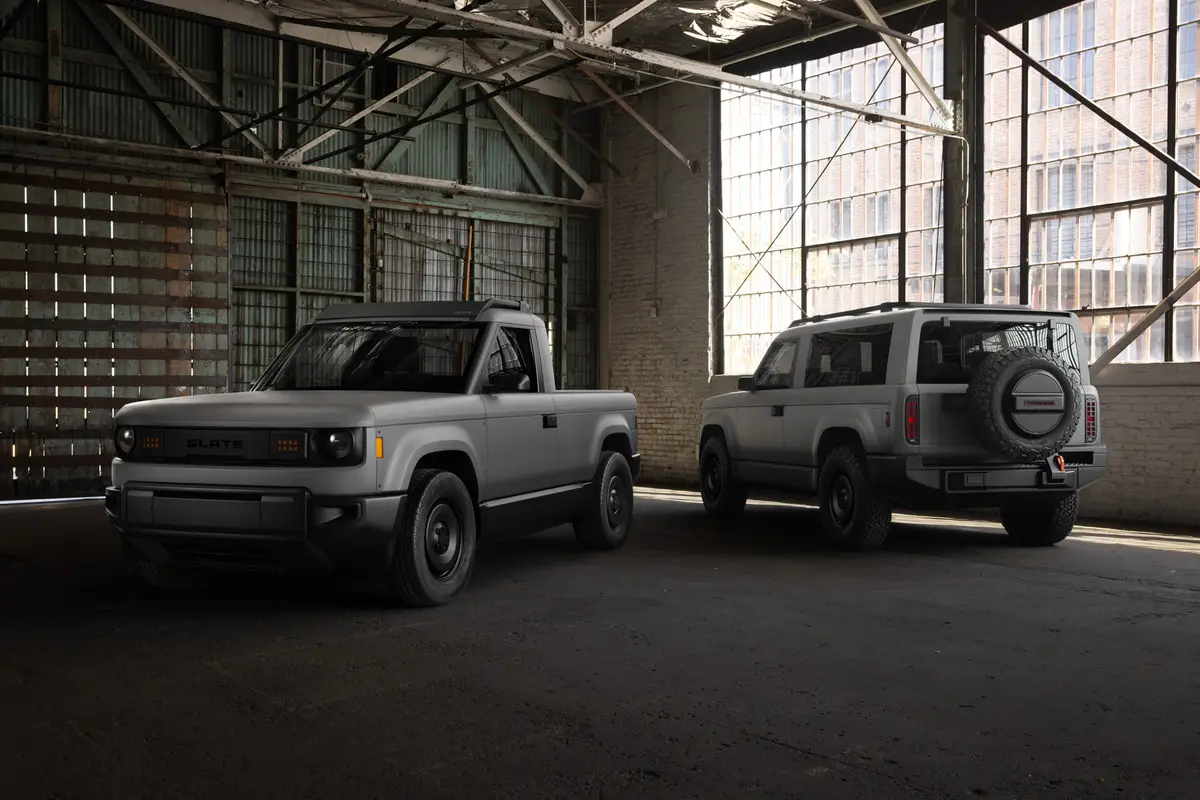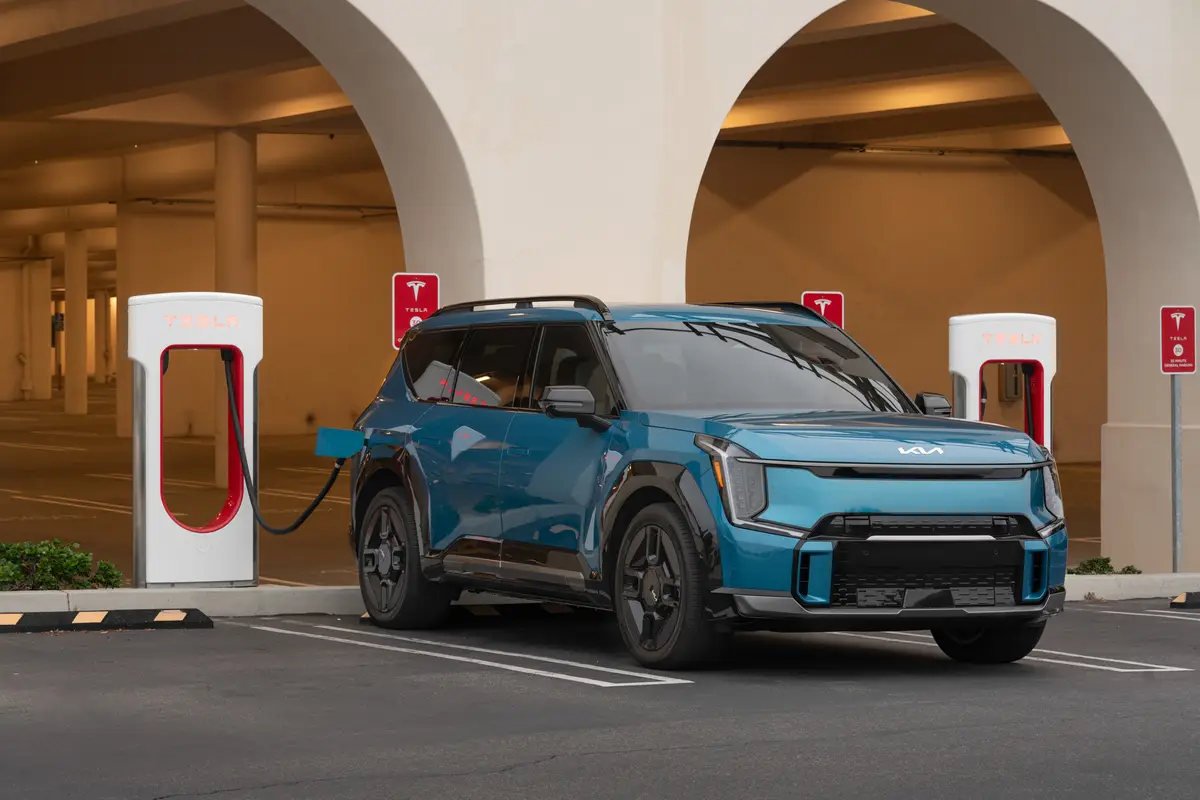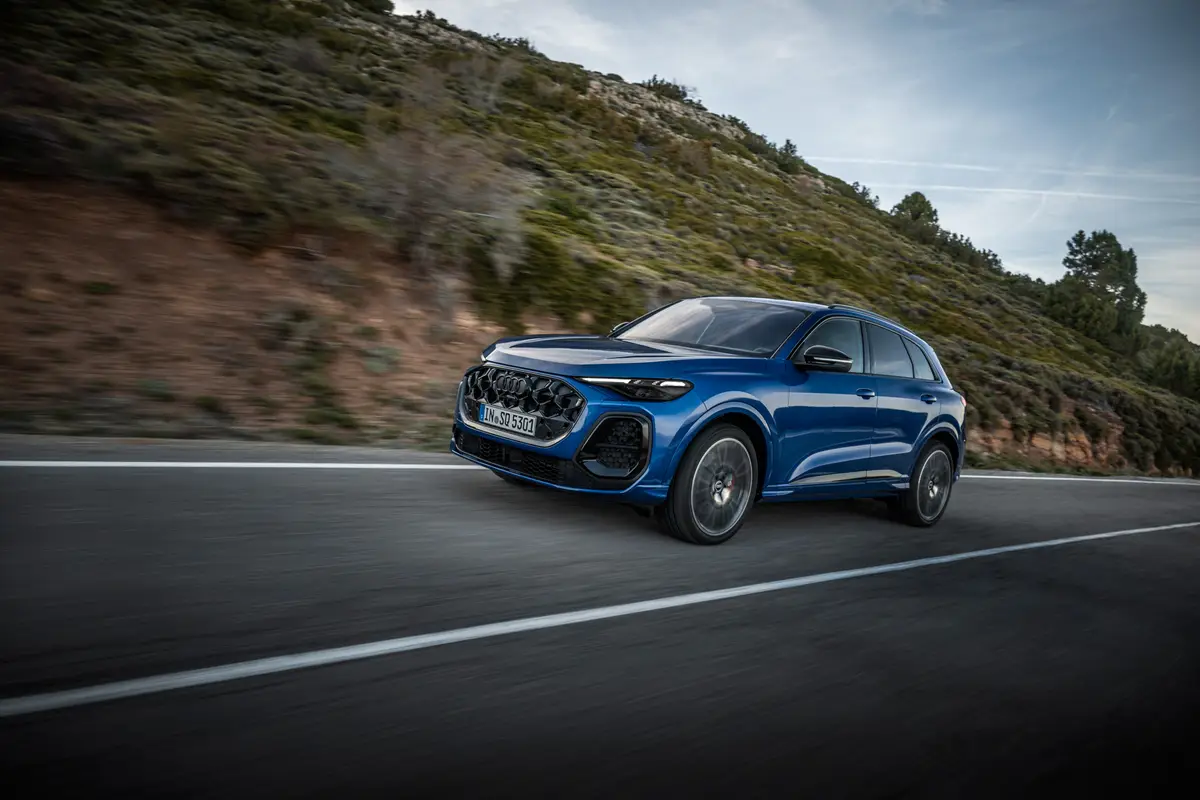IndyStar.com's view
As far back as 1985, Chrysler Corp. began laying the groundwork for its series of 1993 LH cars.
With the arrival of the 1993 production run, the LH sedans — the Dodge Intrepid, Chrysler Concorde and Eagle Vision — have displayed a design concept that is sure to be copied by other automakers.
The styling theme is called “cab forward,” and fundamentally consists of moving the windshield forward, the rear wheels backward, and all four wheels farther apart. This not only increases interior room, but it also gives designers and engineers an opportunity to work their individual brands of technical magic in developing a very advanced motorcar.
The LH sedans are very sleek. They provide exterior and interior aerodynamic forms that redefine the way a vehicle is supposed to be built.
The Dodge Intrepid ES four-door that Gary Huffman, president and general manager of Palmer Dodge, provided for a test car was a prime representative of the LHs.
Because it is upscale from a standard Intrepid, the car presented an overview of what better-class motoring is going to be like for the next several years.
Price can top $20,000
You can’t say that Chrysler has reinvented the wheel with this vehicle, but it has come pretty close to reinventing the automobile. It is, however, not without a price. An ES with some desirable optional equipment on it can cost more than $20,000.
In return, a driver has an automobile that is a trendsetter in technology and performance.
I really don’t know where Chrysler started in designing the Intrepid, but probably from the ground up. The longer wheelbase achieved by moving the rear wheels backward improved the ride, and increasing the stance of the car by moving the wheels farther apart had a definite influence on improving handling.
Has Cadillac-like dimensions
The 113-inch wheelbase is within seven-tenths of an inch of the wheelbase on the Cadillac Sedan DeVille, and the front/rear track width of 62 inches is 1.9 inches wider than that of the Caddy.
Getting those wheels spread out with that long wheelbase lets the ES go through flat, high-speed turns almost as if it was on the banks of Daytona. Stability also is enhanced by four-wheel independent suspension that features a new rear multilink suspension system.
The Intrepid is not aimed at the race-car market, so the suspension is supple to where it easily soaked up ripples in the pavement for an easy ride. Yet, in sharp turns there was a minimum of body roll.
A first encounter with the Intrepid doesn’t create any stranger-in-the-night situation for drivers of either domestic or imported automobiles. It has an international flavor, with the array of controls basically in the same place as on virtually all cars.
The shift quadrant was on the center console; the speedometer, tachometer, engine gauges right in front; power window controls, locks, etc., on the left arm rest. What was different was how wide the seating and shoulder room was thanks t o the wider track and overall cabin width.
The speedometer and tachometer gauges were especially user friendly, being on a silver-white background with a red indicator arrow. The numbers jumped right out at you, and at night they lit up in a moderate green color for instant reading.
You can drive the car fast or slow and not have to be fumbling with your eyes to know what is going on.
On the other end of the convenience spectrum, however, is a little design glitch dealing with lack of lights. There are no lights under the shift indicator letters on the center shift quadrant for night driving, and things would go better if there were.
The test ES had Chrysler’s 3.3- liter push-rod V-6. Unlike today’s common practice of mounting the engine transverse in the chassis for use with front-wheel drive, the 3.3 is mounted in-line.
The engine provided a lively if not a barn-burner performance. Drag-race devotees probably will be happier with a new, optional, 24-valve 3.5-liter V-6 that operates its four valves per cylinder via a single overhead cam (per bank) and rocker arms.
The 3.5-liter 24-valve engine is good for 214 horsepower vs. 153 horses for the 3.3. But this push-rod V-6 is a proven standard power plant that is smooth and reasonably quiet. It showed good torque characteristics for quick passing.
The ES had optional 16-inch aluminum wheels shod with wide- tread rubber whose tractive features make themselves felt on dry pavement for such quick maneuvers. Steering response was instant and reasonably light when the car was in motion.
As is the case with most 16-inch radial tires, they get such a bite on the road surface that steering effort rises when turning the wheel to park or making other very slow-moving maneuvers. This tractive effort, however, will pay off during hazardous winter driving conditions.
The increase in wheelbase permitted incorporating larger doors in this all-season, family-oriented sedan, making entrance and exit easier. The added rear-seat room was most noticeable; it is the equivalent of some of the largest standard-sized cars on the market.
And once inside, the vast expanse of glass provided visibility almost the equivalent of an open car.
It was just a few years ago that Chrysler was chided in some quarters as being too conservative in its approach to vehicle design. The LHs like the Dodge Intrepid will silence those critics. The ES is a model that is pointed right to the future.
Latest news



